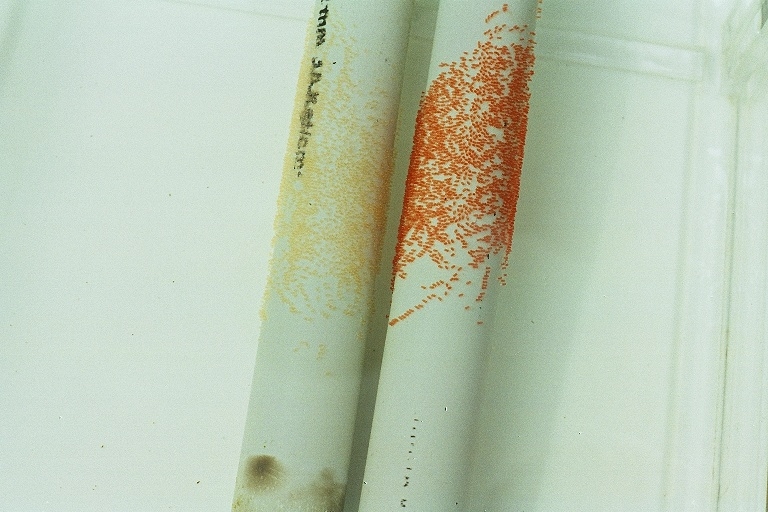|
Safeguarding their future:
Alloparental care in Clownfishes
Binu Varghese - Marine Products Exports Development Authority,
Kochi, India
Parental care in clownfishes is well known, mouthing and fanning are
the important behaviours apart from
defending eggs from predators.
They fan the egg mass using pectoral and caudal fins and thus provide
necessary water
movement to the densely packed clutch and thus help in faster
removal of metabolic wastes (Figure 1). Clownfishes also
remove unfertilized and unhealthy eggs from the clutch (egg
batch). The care is mostly done by male, and on the day of
hatching eggs were vigorously fanned after sunset which helps
larva to break open the thick walled egg capsule. This activity
also make sure that the hatching is complete, which is not the
case in artificial incubation.
The description given above is the normal parental care behaviors
in clownfishes. However, the alloparental care i.e., care
given to nondescendant egg or young one is rarely observed in
fishes. In a study using true sebae Amphiprion sebae
selected from the earlier broodstock nutrition experiment, where
different feeds were used to find its influence on the egg
and larval quality. Two clutches spawned on the same day with
distinctly different pigmentation were used (Table 1 and Figure 2).
The pairs fed deep-sea prawn gave pinkish red eggs and
theformulated diet imparted yellowish colour to eggs. The egg colour
typically reflects the dietary pigment and the initial colour of
egg remains only for first two days and later it turns dark with
the embryo development. On the day of spawning the clutches were
allowed to be with
original parents and on the second
day
noon the clutches were interchanged.
|
Figure 1: Parental care in sebae clownfish

Figure 2: Sebae clownfish eggs on the
PVC stand pipe
Parent
tank |
BST IV |
BST VI |
| Feed given |
Formulated diet |
Deep sea prawn |
| Date of spawning |
20 Dec 2003 |
20 Dec 2003 |
| Time of spawning |
11:00 to 12:30 |
12:00 to 13:00 |
| Spawning substrate |
PVC airlift pipe |
PVC airlift pipe |
| Colour of eggs |
Pale yellowish |
Pinkish red |
| Date of hatching |
27 Dec 2003 |
27 Dec 2003 |
Table 1: Alloparental care experiment
|
After interchanging the PVC pipes with clutch the fishes were
observed for their behaviour. After few minutes the male partner
came to inspect the clutch from distance and returned
immediately without fanning. There was no activity for a while,
after about half an
hour he came close to the clutch and retreated. This continued
for a while and after this initial hesitation surprisingly the
pair accepted the clutch. The pairs cared for the clutch as
normal and the clutches hatched completely and the larvae were
also found normal and
healthy.
This behaviour might be an adaptation to ensure the survival
of species governed by their social instincts. As the clown
parents care for their eggs continuously it’s difficult to
assume that the fishes were unaware of the change. Moreover the
egg colour itself was continuing for the past six consecutive
spawnings i.e. more than two months. This may be the case in
nature also where the threats from predators and lose to either
or both the parents are high. Step fathering in clownfishes were
observed in natural habitat which owes greatly to their tight
social hierarchies. More studies are required to bring insights
into the amazing behaviours in these beautiful fishes.
Suggested reading
Binu Varghese (2004). Nutritional studies on the sebae
anemonefish, Amphiprion sebae Bleeker 1853, with special
reference to protein and lipid requirements. Thesis submitted to
CIFE/ICAR, Mumbai, India.
Brian D. Wisenden (1999). Alloparental care in fishes, Reviews
in Fish Biology and Fisheries 9: 45-70.
Back to Table Of Contents
|
|
|
|
